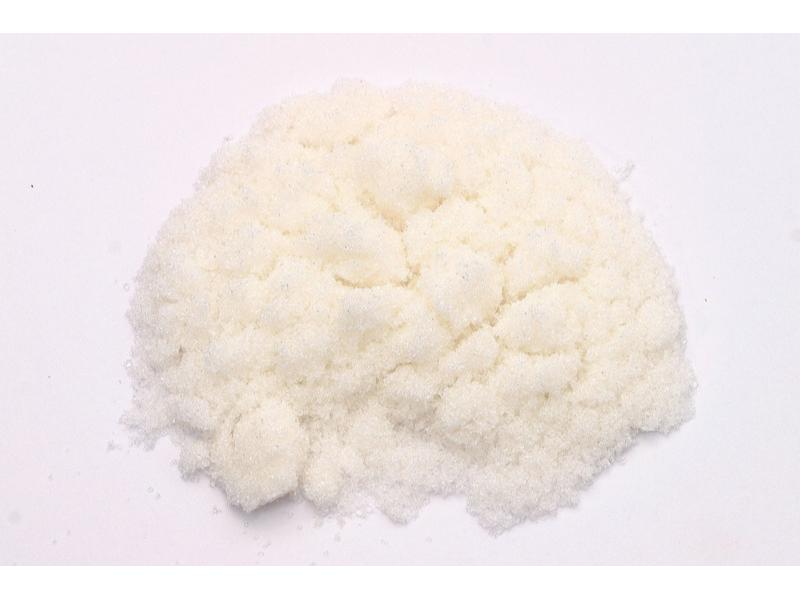Search in medicinals

Alternate Chinese names: 矾石 <i>fán shí</i>; 明矾 <i>míng fán</i>; 石涅 <i>shí niè</i>; 羽涅 <i>yǔ niè</i>; 羽泽 <i>yǔ zé</i>; 涅石 <i>niè shí</i>; 白君 <i>bái jūn</i>; 雪矾 <i>xuě fán</i>; 云母矾 <i>yún mǔ fán</i>
Kingdom: Plant
Origin in PRC Pharmacopoeia: Extracted from the mineral alunite; KAI(SO₄)₂·12H₂O. (<i>PRC Pharmacopoeia</i>)
Use: Medicinal
Category: External-use agents / Toxin-attacking, worm-killing, and itch-relieving agents
Properties: Sour, astringent; cold.
Channel entry: Spleen, lung, liver, and large intestine channels.
Actions and indications:
- Resolves toxin, absorbs dampness, kills worms, and relieves itching (external use): Eczema;
damp sores ; scab and lichen. - Clears heat and transforms phlegm (internal use): Wind stroke, epilepsy, and mania and withdrawal when these are due to wind-phlegm.
- Stanches bleeding (internal use): Vomiting of blood, nosebleed, bloody stool, flooding and spotting, bleeding from external injury.
- Astringes the intestines and checks diarrhea (internal use): Enduring diarrhea or enduring dysentery.
- Additional uses: Bái fán may also be used to treat prolapse of the rectum, prolapse of the uterus, and damp-heat jaundice.
Dosage and method: Oral: 0.6–3g at time in pills and powders. Topical: Grind to a powder and sprinkle on the affected area or apply mixed.
Warnings: Contraindicated in constitutional vacuity with stomach weakness, and in the absence of damp-heat.
Product description: Alum is produced from the mineral alunite. It is composed of translucent, colorless octahedral crystals, which have a hardness of 3.5–4, and a specific gravity of 2.6–2.8. Alum crystals are apt to be somewhat dirty looking, but on being dissolved and filtered, give a very pure solution of alum.
Production area: ānhuī, Zhèjiāng, Fújiàn, Shānxī, Héběi, Húběi.
Back to search result Previous Next